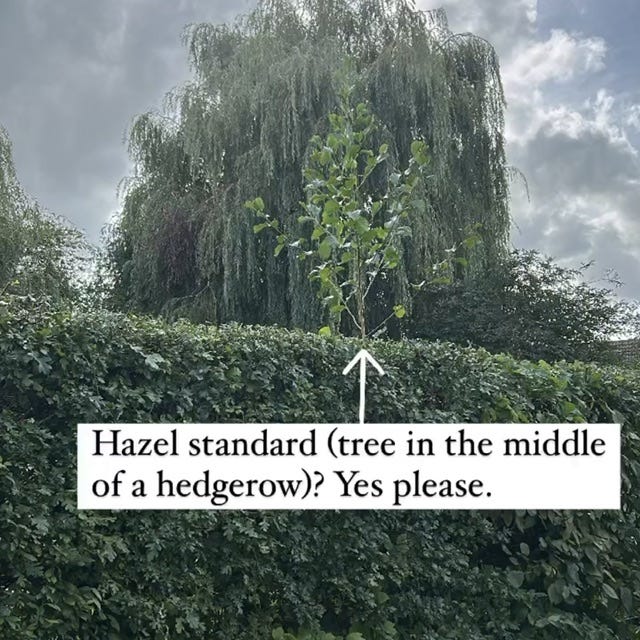
October, and the garden is bathed with light. I could credit that beautifully slanting autumn sun that sweeps in, pale golden rays transforming the most unlikely jumble and collapse into spectacle, but really it’s down to my finally having the chance to give the hedge its September cut, sneaking it in at the weekend on the last of the month. Three to four feet of growth (90-120cm in the new money) needed removing; that’ll happen when you plant a line of vigorous young trees closely together somewhere they’ll be happy, and then leave them be for most of the year so that the birds who make their nests in the twiggy complex can raise their young away from the bright eyes of magpie and crow – not that I’ve seen many of either this year. Come to think of it, the jackdaws in the chimneys have been a little quiet, too, though robins, sparrows and other similarly diminutive passerines seem as abundant as ever. Birds do love a tangle, and this garden majors in tangle, especially just now.
But the hedge is looking as trim as ever it does, a large heap of cuttings just to the side in front of our recently establish dead hedge, to which most of them will not be added due to them being rather too spiky. I think I could tolerate the wild rose and bramble, but within a feature that received quite a bit of manual prodding about, I’m not sure I want a load of hawthorn and blackthorn, whose offending spears frequently extend to 3cm and 8cm respectively. These can be tolerated within the living hedge, which the gardener only handles while cutting it, and then at one remove via the blades of shears of trimmer, but the dead hedge is something that necessarily requires more regular involvement. Perhaps I’ll change my mind in a year or so, but I don’t think so.
My neighbour’s unlikely to change his mind – I’m not sure he’s quite forgiven me for including these spiny characters in the hedging mix, though since I’ve offerred to come around and cut it on his side and then remove the clippings, we’ve managed to reach a kind of understanding. Even Emma Aoife asked me the other day what on earth possessed me to introduce something quite so vicious, as I pulled another thorn out of the soles of my crocs (they’re long enough to go right through – though I’d argue that’s a reason not to wear crocs in the garden, rather than not to plant hawthorn), and we held our breath as, tools and clippings cleared away, we let the dogs back into the garden to caper about, paws thankfully untroubled by intrusions. What possessed me was a desire to connect the garden to the landscape beyond – we’re only a street away from the fields, and the mix of plants I ordered from the nursery in Tenterden neatly mirrors that found in the hedgerows that criss cross the countryside – not just here, but throughout the UK. Hawthorn for its red berries and blackthorn for the sloes, spindle for its autumn colour, pink seed cases splitting to reveal the orange aril within, both beech and hornbeam (just to hone our ID skills), dog rose and hazel. In retrospect, I would a have included evergreens with holly and yew, though the garden’s not short of either. And so the south side of the garden runs, from top to not-quite bottom where the dead hedge now kicks in. Spiky and inhospitable to humans it may be, but it’s teaming with life throughout the year, from the birds in its branches to the mammals that scamper through its cover at ground level, to the smaller critters that crawl from leaf to twig and back again. To plant a hedge is one of the first things a gardener should do, and it will remain one of their most significant achievements.




